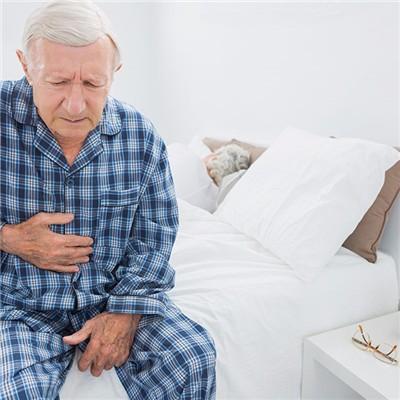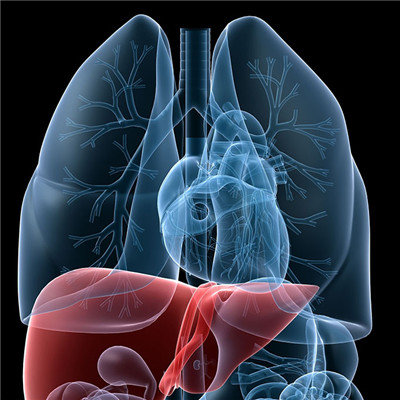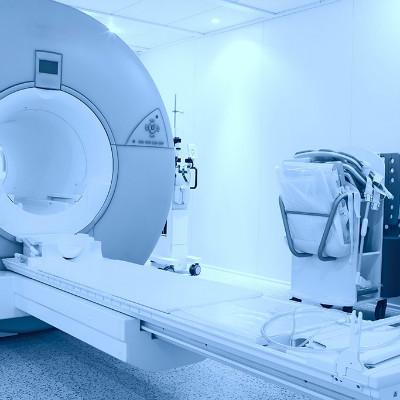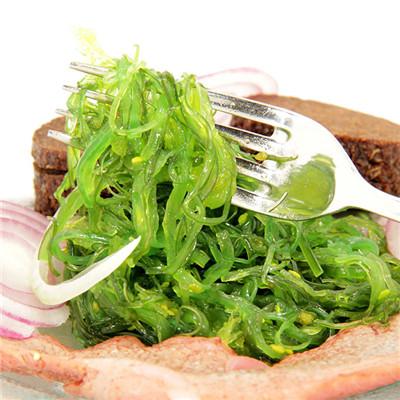Symptoms of infantile bacillary dysentery
summary
Summer is coming soon, parents with children at home should pay more attention, because summer is the high incidence of bacillary dysentery. Bacillary dysentery, as a common intestinal infectious disease, is especially easy to appear in children under 7 years old. Parents and friends should understand the relevant knowledge of bacillary dysentery in advance, so as to prepare for a rainy day. Baby bacillary dysentery symptoms with you to learn to explore.
Symptoms of infantile bacillary dysentery
1. Fever: Generally speaking, bacillary dysentery can cause high fever, the body temperature can reach 38-40 ℃, at the same time, accompanied by systemic discomfort. Severe dysentery: severe patients with high fever, vomiting, abdominal pain and diarrhea are very obvious, purulent and bloody stool can even reach dozens of times a day, serious cases will appear dehydration and acidosis. Therefore, for severe dysentery, we must not be careless.

2. Abdominal pain: abdominal pain caused by bacillary dysentery, mostly in the lower abdomen and around the navel. Toxic dysentery is the most serious: toxic dysentery is more common in children aged 2-7 years old. Generally, the onset is sudden, the body temperature rises to 40-41 ℃, accompanied by headache, chills, convulsions or circulatory disorders, and even sudden shock. It usually takes 24-48 hours to develop gastrointestinal symptoms such as abdominal pain and diarrhea. Summer is the high incidence period of dysentery. If children suddenly have a high fever, convulsion or coma, no matter whether they have diarrhea or not, we should consider the possibility of toxic dysentery. We should send them to the hospital quickly, and do not despise or delay because there is no diarrhea. The hot summer is coming, which means the high incidence of bacillary dysentery is coming!

3. Diarrhea: diarrhea caused by bacillary dysentery, a day may have several to dozens of times, specific performance for purulent bloody stool, mucus stool, and accompanied by obvious or not obvious phenomenon of diarrhea (that is, the feeling of endless defecation). Clinically, we divide dysentery into common dysentery, mild dysentery, severe dysentery and toxic dysentery, especially severe dysentery and severe dysentery.

matters needing attention
1. Health habits to develop, parents should cultivate children to develop a good habit of washing hands before and after meals, and the kitchen at home should also be cleaned up regularly, to ensure the cleanliness and hygiene of eating utensils. And before the summer comes, it's better to hit the screen window at home to reduce the entry of flies. 2. Parents should not let their children drink raw water or eat raw aquatic products. Before eating raw melons and fruits, they should wash them with flowing water several times. Besides, they should not eat food that has been rotten or contaminated by flies and cockroaches. Tableware should be boiled and disinfected frequently. Leftovers should be heated and eaten separately. 3. Don't overeat, don't let children overeat, so as not to make gastrointestinal resistance decline, let dysentery bacilli easily succeed.
















